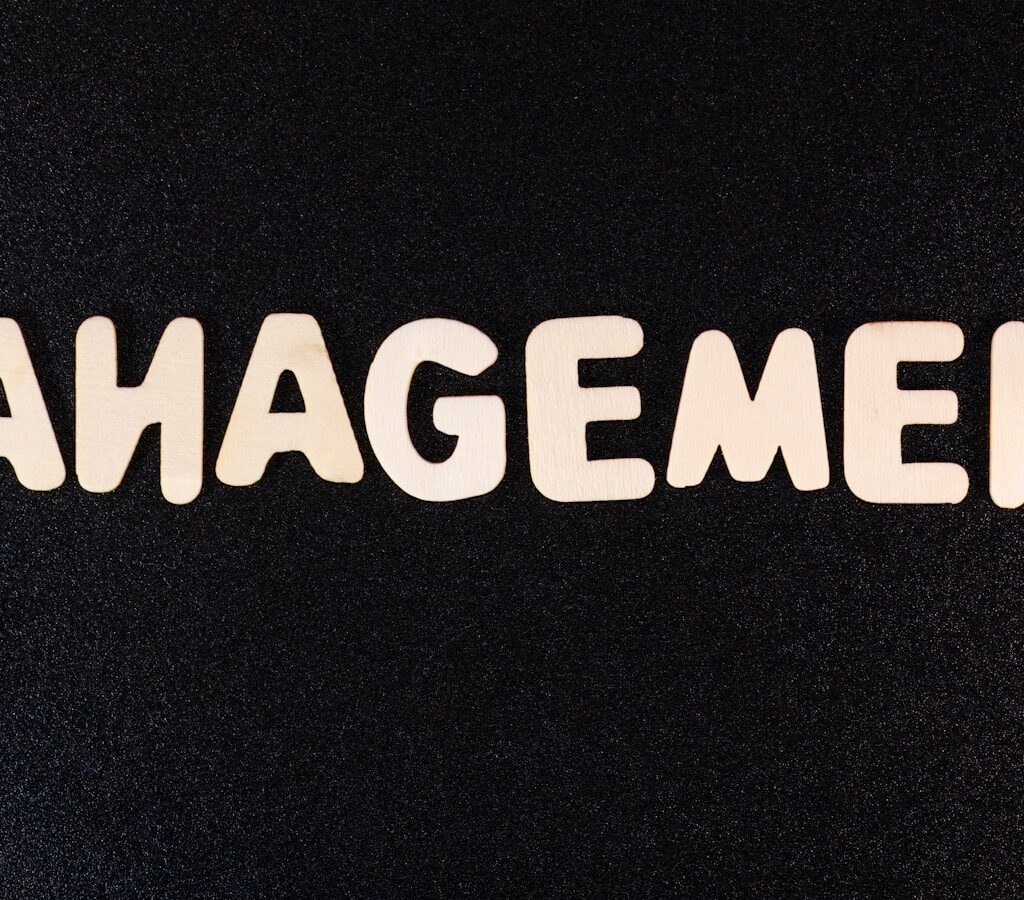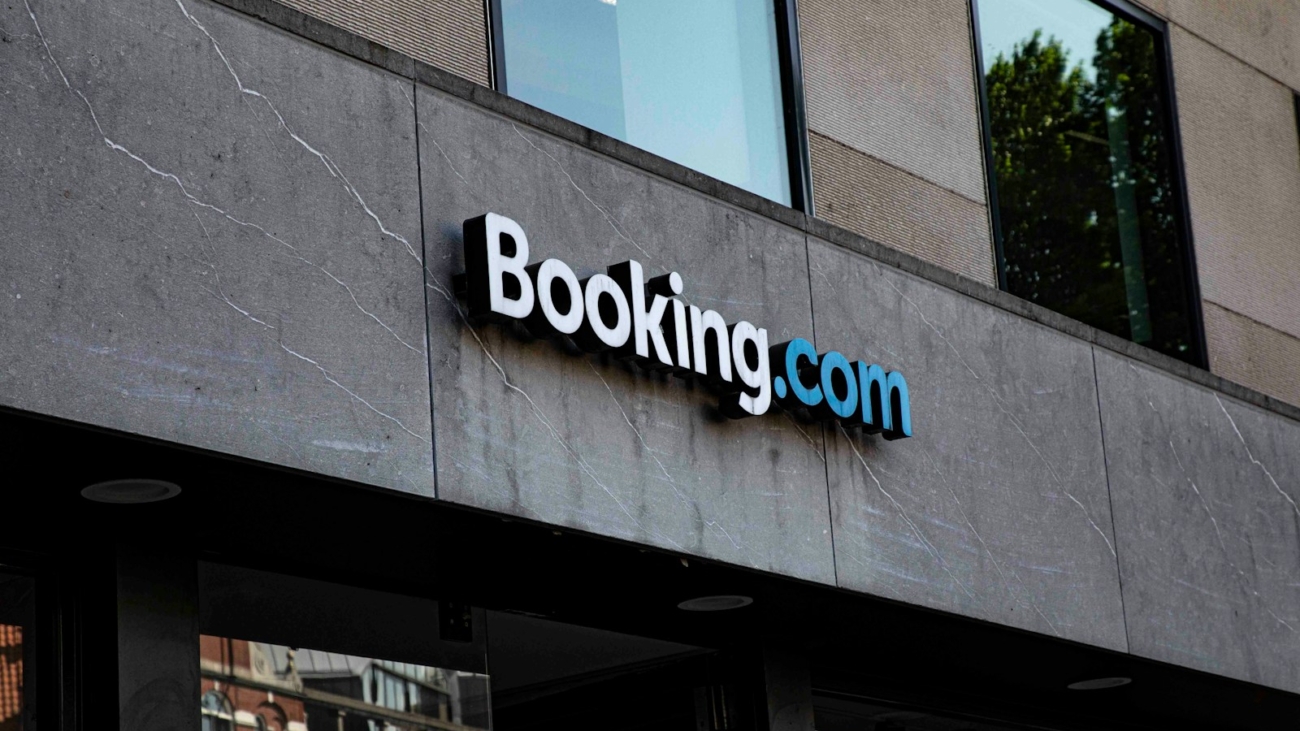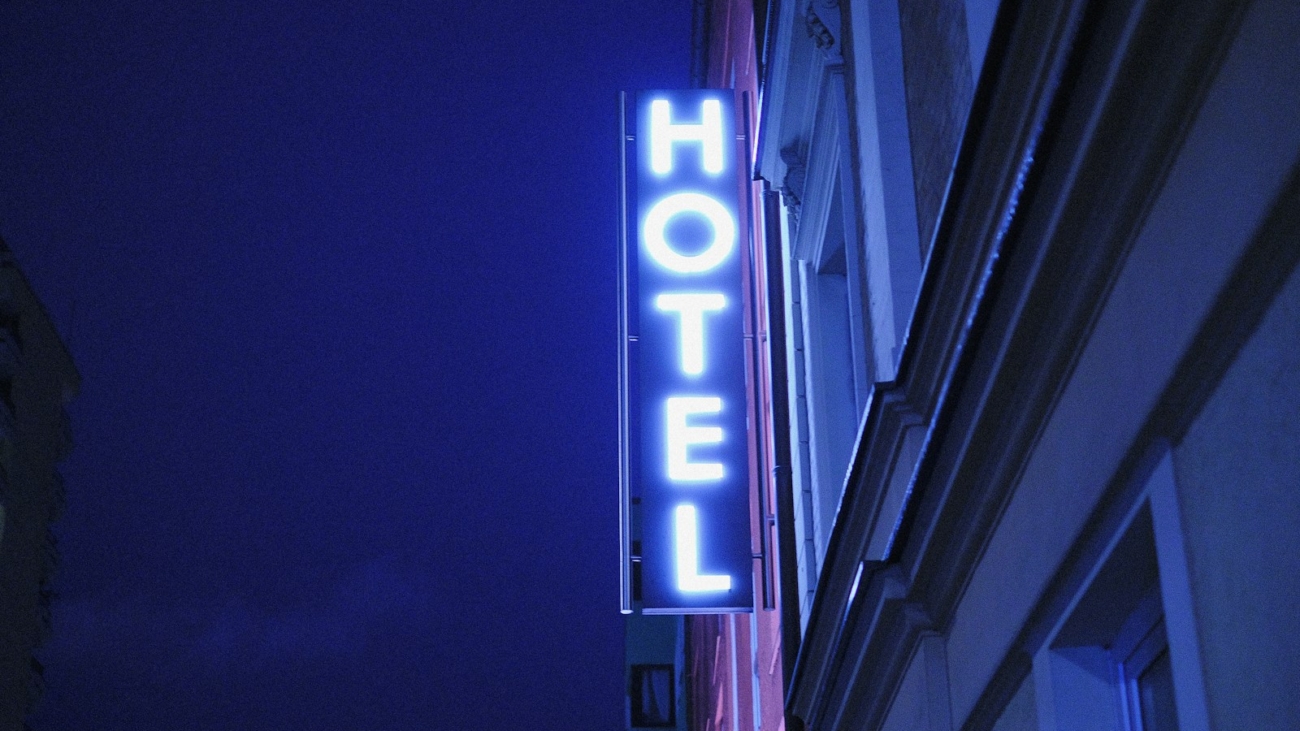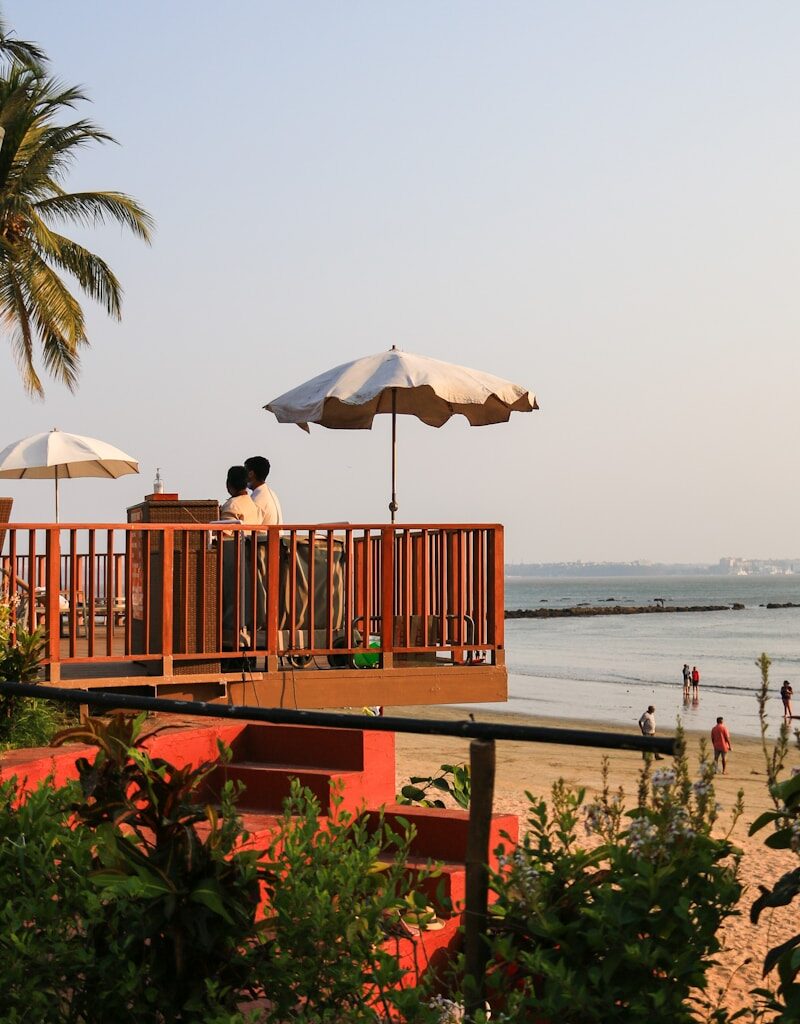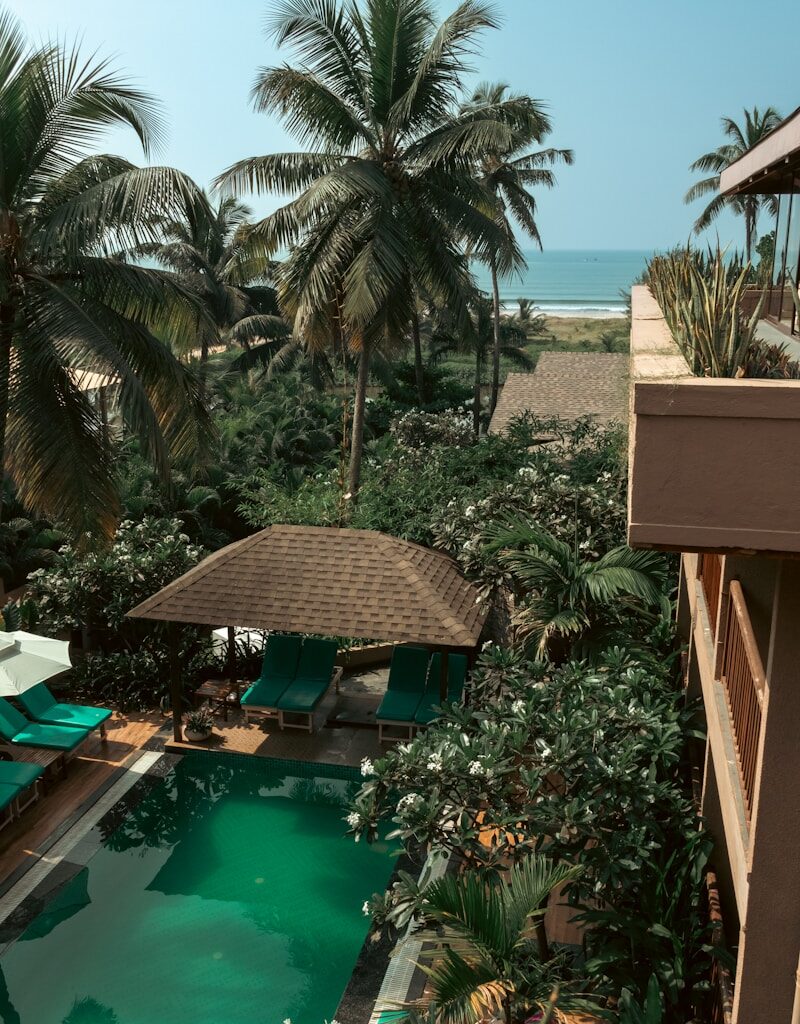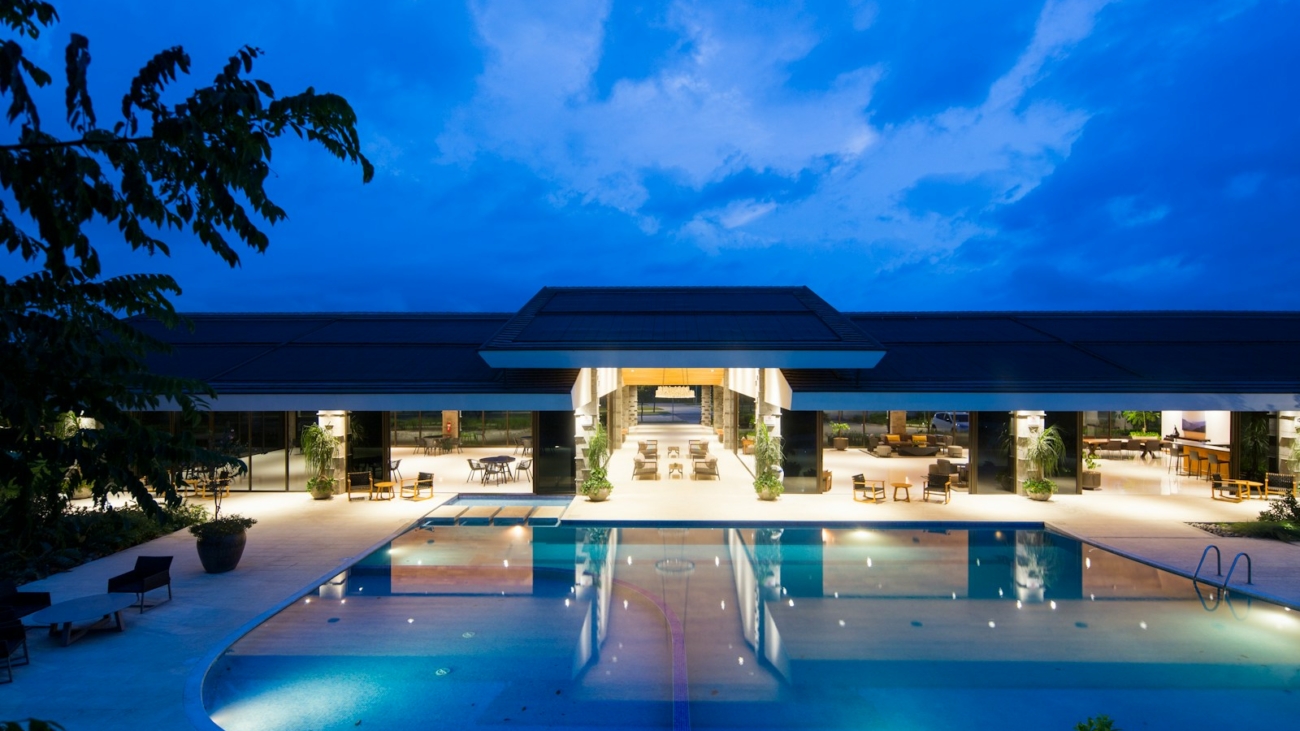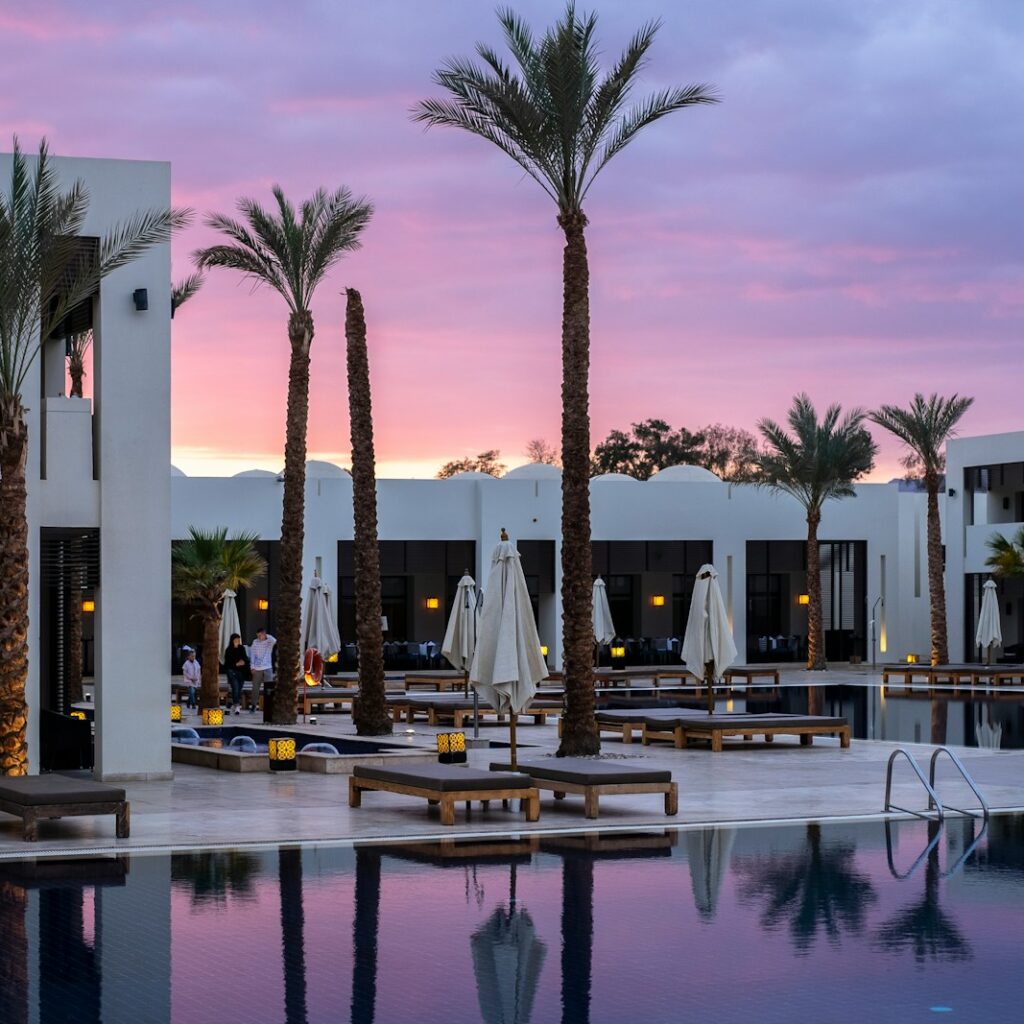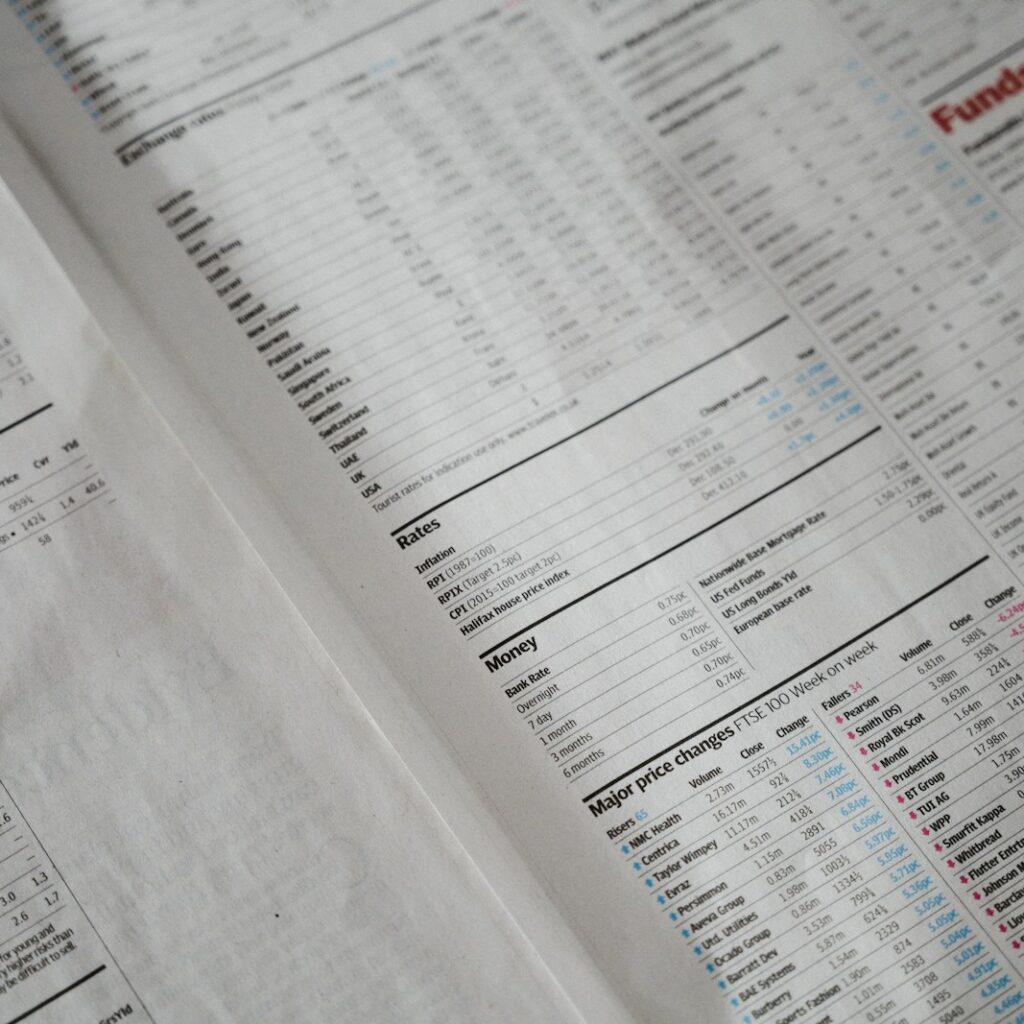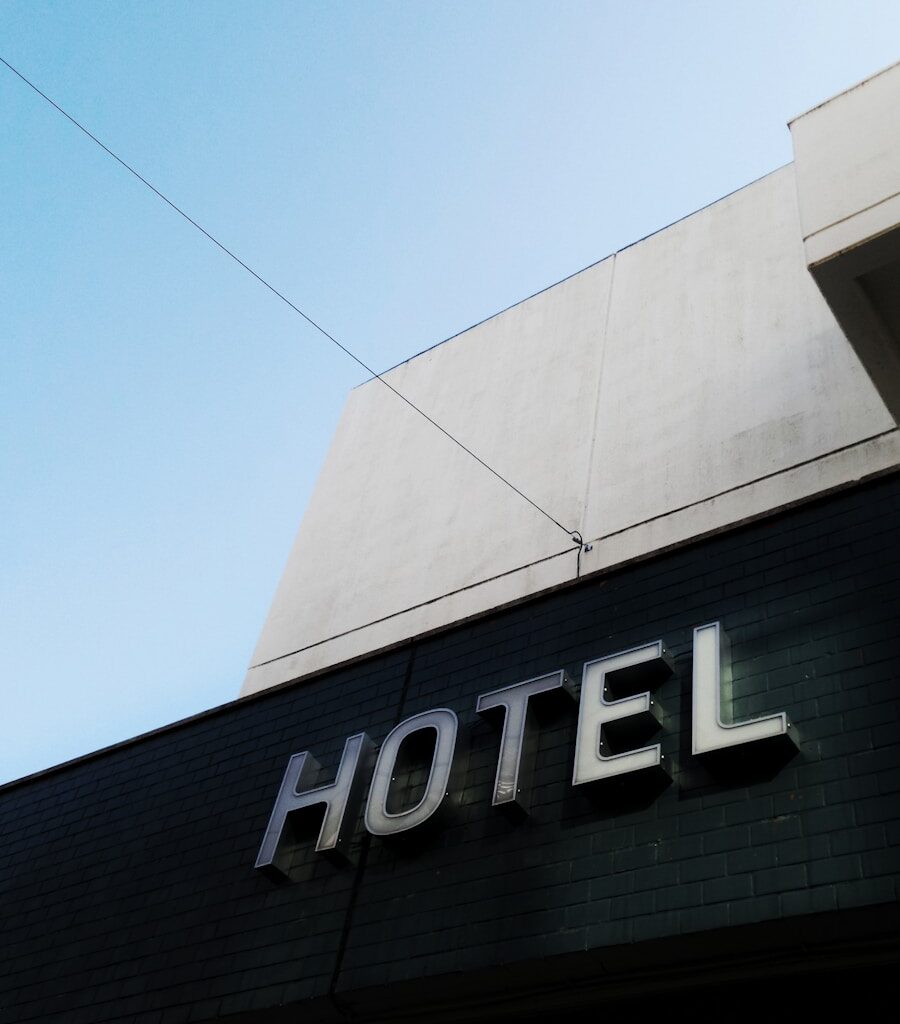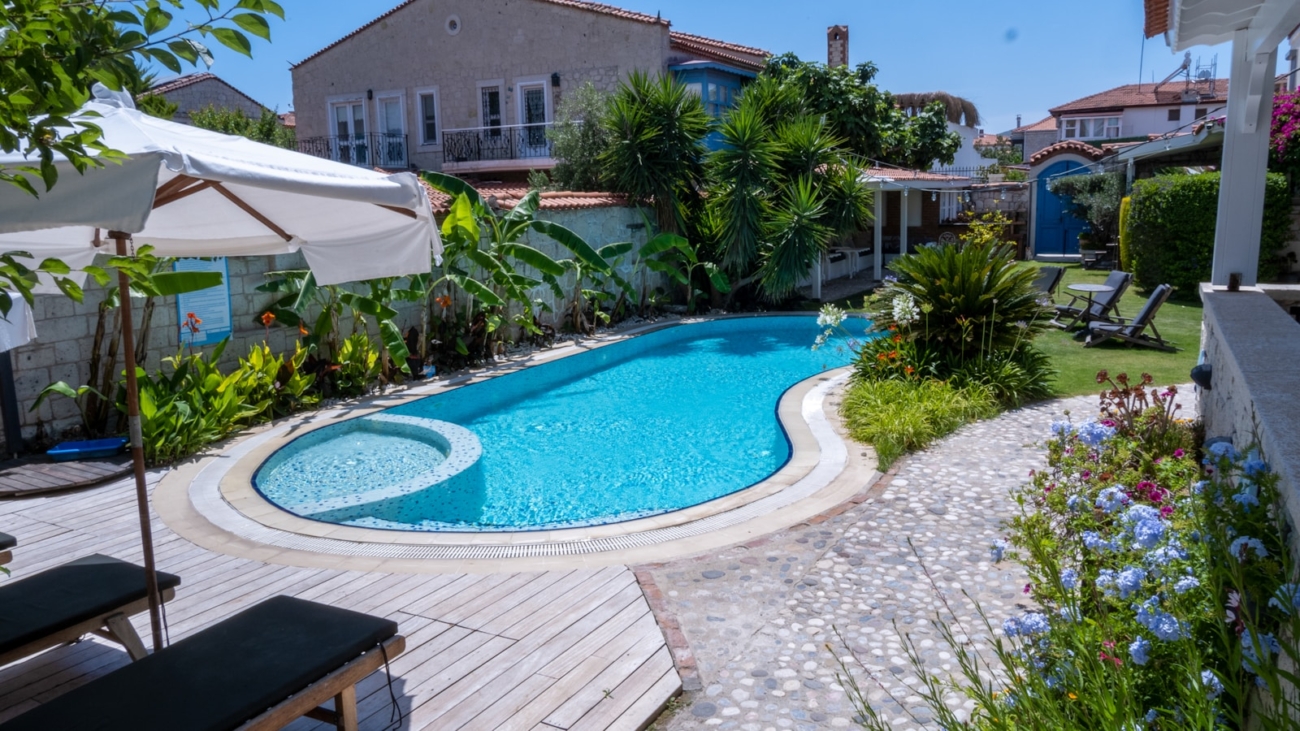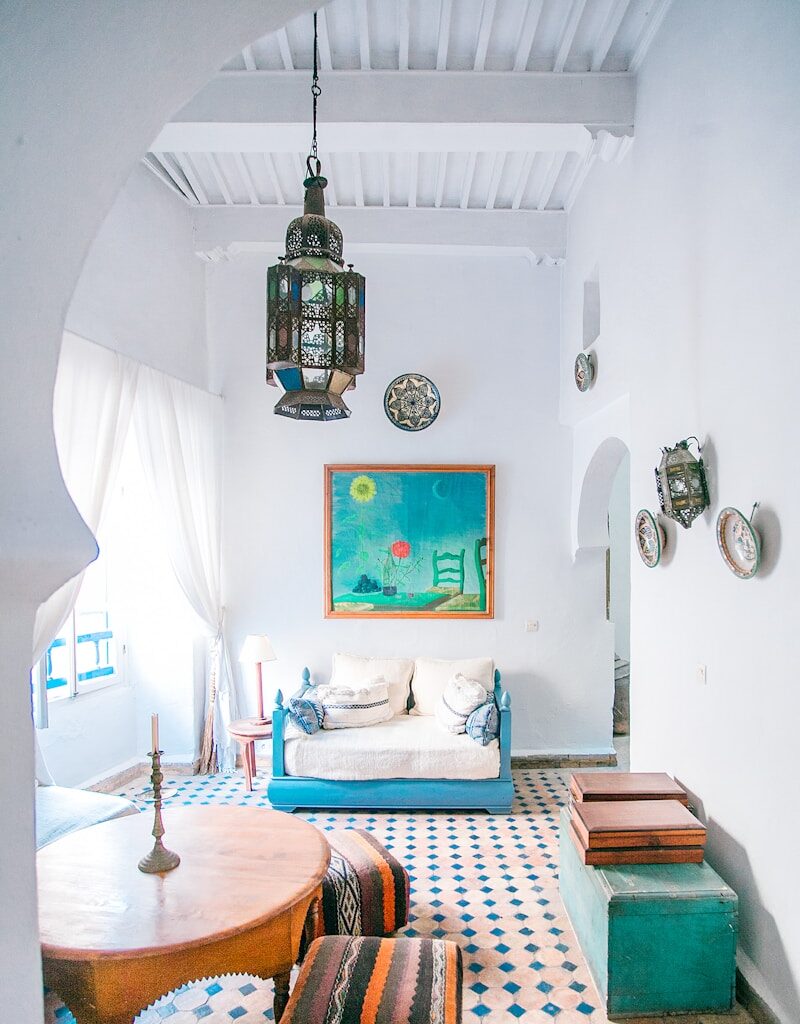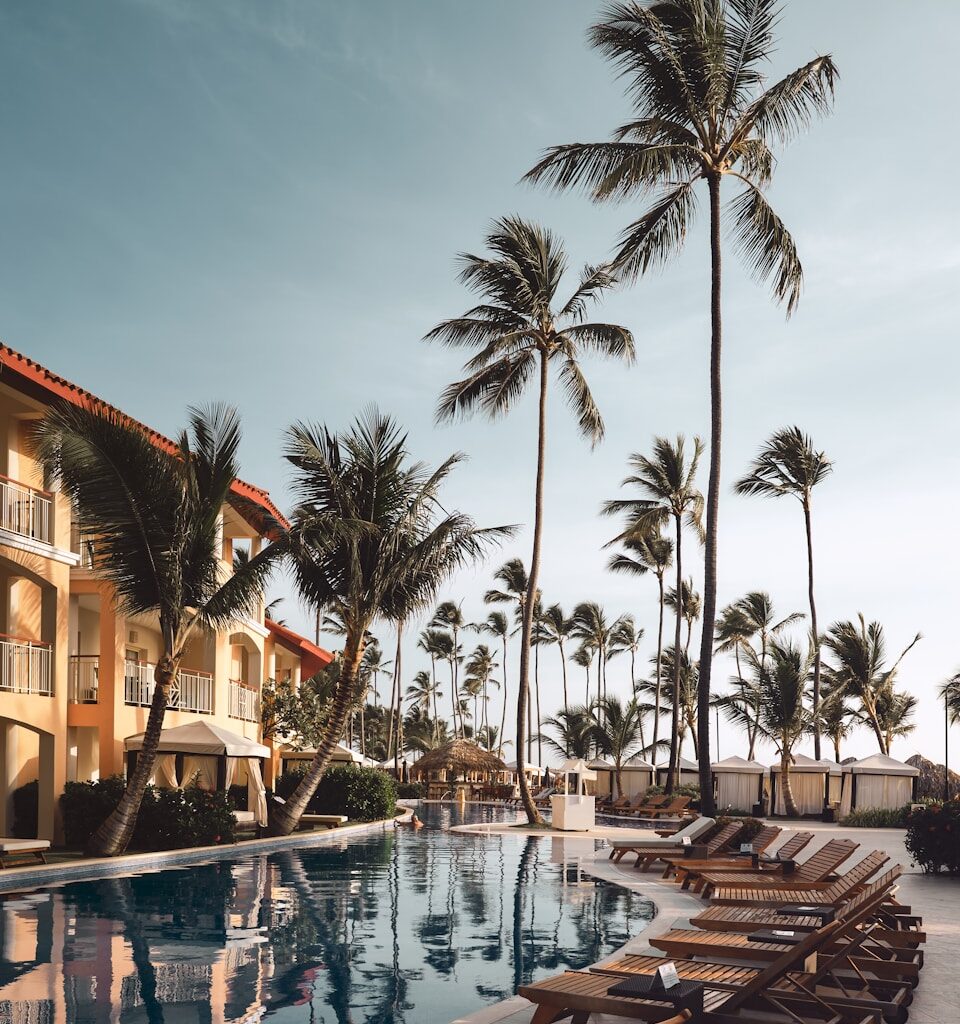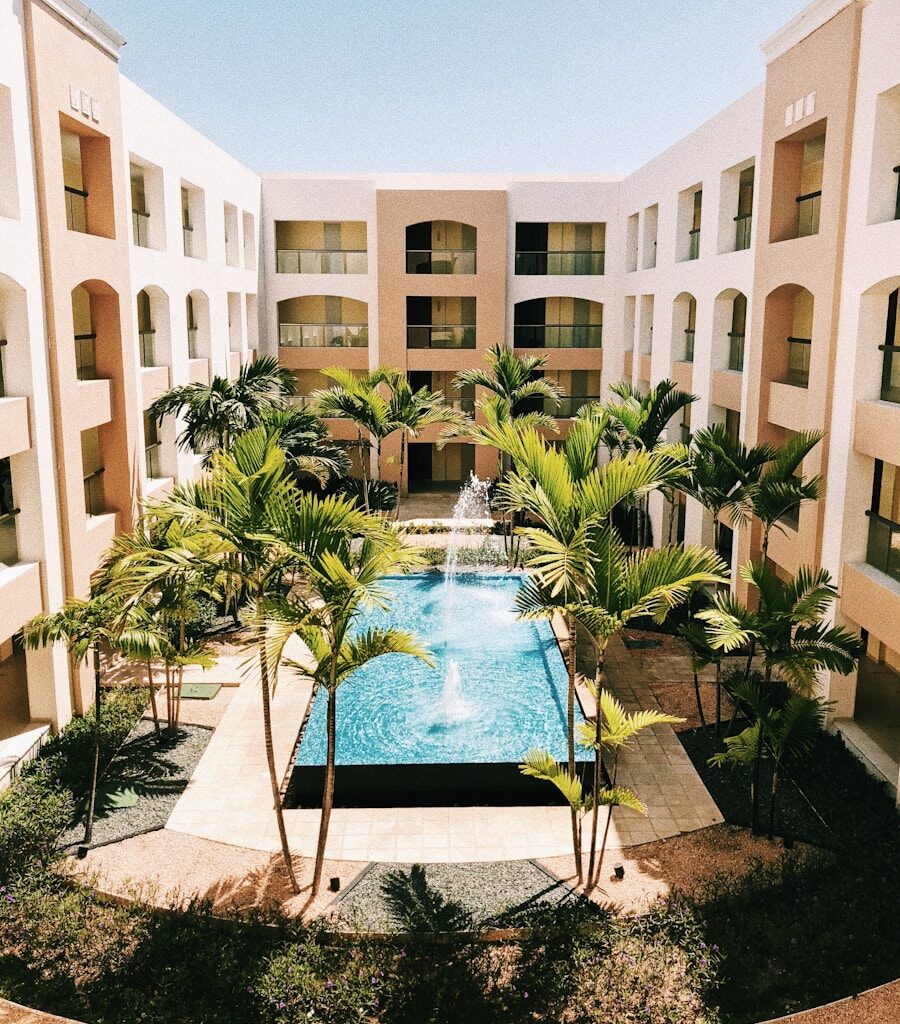In today’s highly competitive hospitality landscape, Online Travel Agents (OTAs) play a pivotal role in driving bookings for hotels. With millions of travelers worldwide turning to OTAs to book their accommodations, selecting the right OTA channels can significantly impact your hotel’s visibility, occupancy rates, and revenue. However, with so many OTAs available—from global giants like Booking.com and Expedia to niche platforms like Airbnb and Goibibo—how do you know which ones are best suited for your property?
What Are OTAs and Why Are They Important for Hotels?
Online Travel Agents (OTAs) are third-party platforms that allow travelers to search, compare, and book hotel rooms online. These platforms provide hotels with access to a broad audience of domestic and international travelers, often at a fraction of the marketing costs associated with traditional advertising channels. Some of the largest OTAs include:
- Booking.com
- Expedia
- Agoda
- Airbnb
- MakeMyTrip (for India-specific bookings)
- Goibibo (popular in India)
- Trivago
- Hotels.com
OTAs serve as a vital distribution channel, particularly for independent hotels, boutique properties, and small chains that may not have the resources to attract a global audience via their own marketing efforts.
However, it’s essential to remember that each OTA has a unique audience and commission structure, so choosing the right platform is crucial to ensure that you’re getting the most value from your distribution channels.
Key Factors to Consider When Choosing the Right OTA Channels
1. Audience Reach and Market Fit
The primary reason hoteliers choose OTAs is to increase their visibility and attract more guests. To do this effectively, it’s important to understand the target audience of each OTA and how it aligns with your hotel’s offerings.
- Global Reach: OTAs like Booking.com, Expedia, and Agoda have a massive global reach and are widely used by international travelers, making them ideal for hotels looking to attract guests from around the world. For example, a hotel in Mumbai or Bangalore catering to international business travelers and tourists will benefit from these large platforms.
- Local Reach: For hotels focused on domestic guests, local OTAs like MakeMyTrip and Goibibo in India, or Zomato and Cleartrip may provide more targeted exposure. These platforms cater primarily to Indian travelers, offering a more localized experience and payment options like UPI or Paytm.
- Niche Platforms: For hotels that specialize in a specific type of accommodation (e.g., luxury resorts, boutique hotels, eco-friendly stays), niche OTAs like Airbnb or TripAdvisor may help you attract a more specific audience, such as millennials seeking unique travel experiences or families looking for long-term stays.
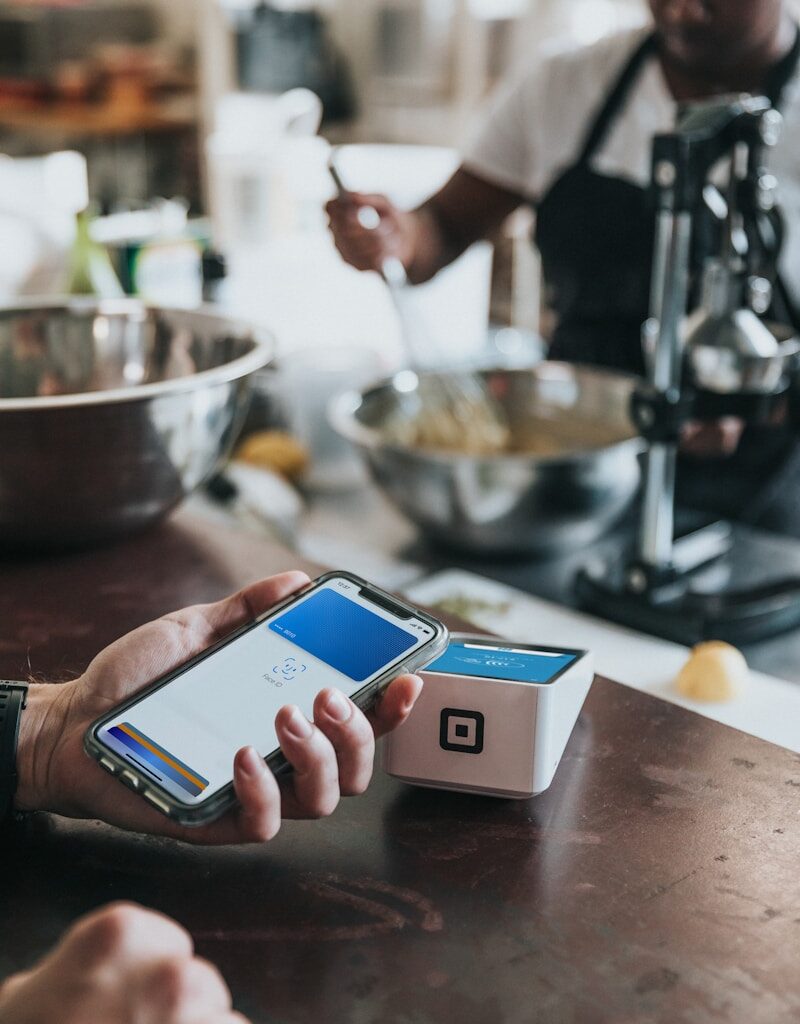

Pro Tip: Research which OTAs have the largest share of your target audience. If your hotel is in a popular Indian tourist destination like Goa, consider local OTAs and global platforms that cater to international tourists looking to visit India.
2. Commission Structure and Costs
The commission fees charged by OTAs can vary significantly and directly impact your hotel’s profitability. Typically, commissions range from 10% to 25%, depending on the OTA platform and the type of listing you have. It’s essential to compare these fees to ensure that the exposure you’re getting justifies the costs.
- Major OTAs like Booking.com and Expedia charge higher commissions (up to 20%-25%) but also bring in a massive volume of bookings. These platforms are particularly beneficial for hotels looking for consistent bookings, especially during off-peak seasons or when building a reputation internationally.
- Regional OTAs like Goibibo and Yatra often have more favorable commission rates for hotels in India, making them a good choice for properties looking to attract local travelers without paying hefty fees.
- Alternative platforms like Airbnb may have lower commission rates (around 3%-5%) for hosts but come with a different type of booking experience, particularly for those offering vacation rentals or boutique stays.
Tip: Don’t be afraid to negotiate commission rates with OTAs, especially if your hotel has a unique offering or high demand in a specific region. Many OTAs are open to discussing better terms for long-term partnerships or high-volume properties.
3. Property Type and OTA Specialization
Different OTAs cater to different types of properties. Understanding the unique strengths of each platform can help you choose the right ones based on your hotel’s characteristics.
- Large Chain Hotels vs. Independent Hotels: OTAs like Booking.com, Agoda, and Expedia are beneficial for larger hotels or independent hotels with multiple rooms, as they have a vast database of users searching for a variety of accommodations.
- Boutique Hotels and Unique Stays: For boutique properties, Airbnb and TripAdvisor are great options. These platforms attract travelers seeking unique, personalized experiences and can provide an excellent platform for luxury, heritage, or themed hotels.
- Guesthouses, Homestays, and Apartments: If your property offers a more intimate, local experience—like a guesthouse or vacation rental—platforms such as Airbnb, Vrbo, and Booking.com (for short-term rentals) are better suited.
Example: A heritage hotel in Rajasthan might find Airbnb to be a perfect platform due to its focus on unique, boutique properties, while a large hotel in Delhi may benefit from the global reach and user base of Booking.com.

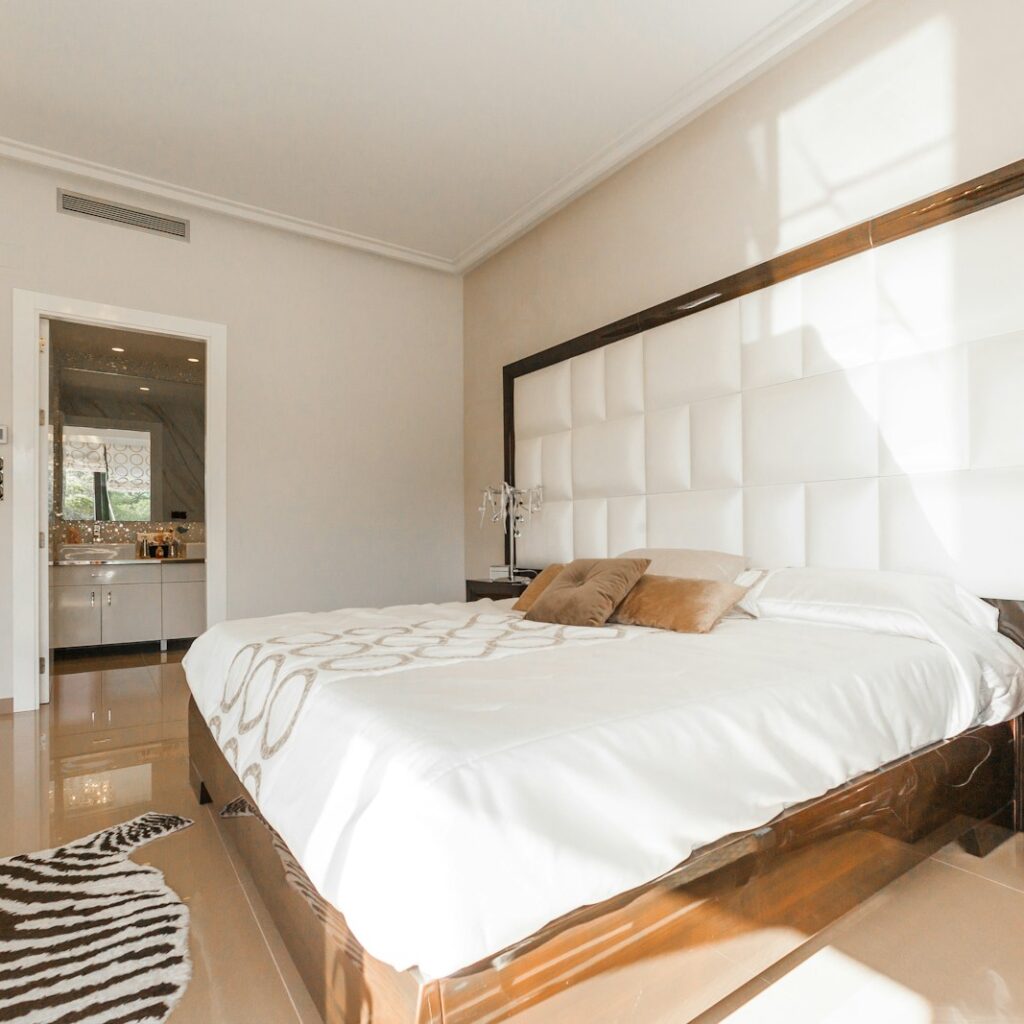
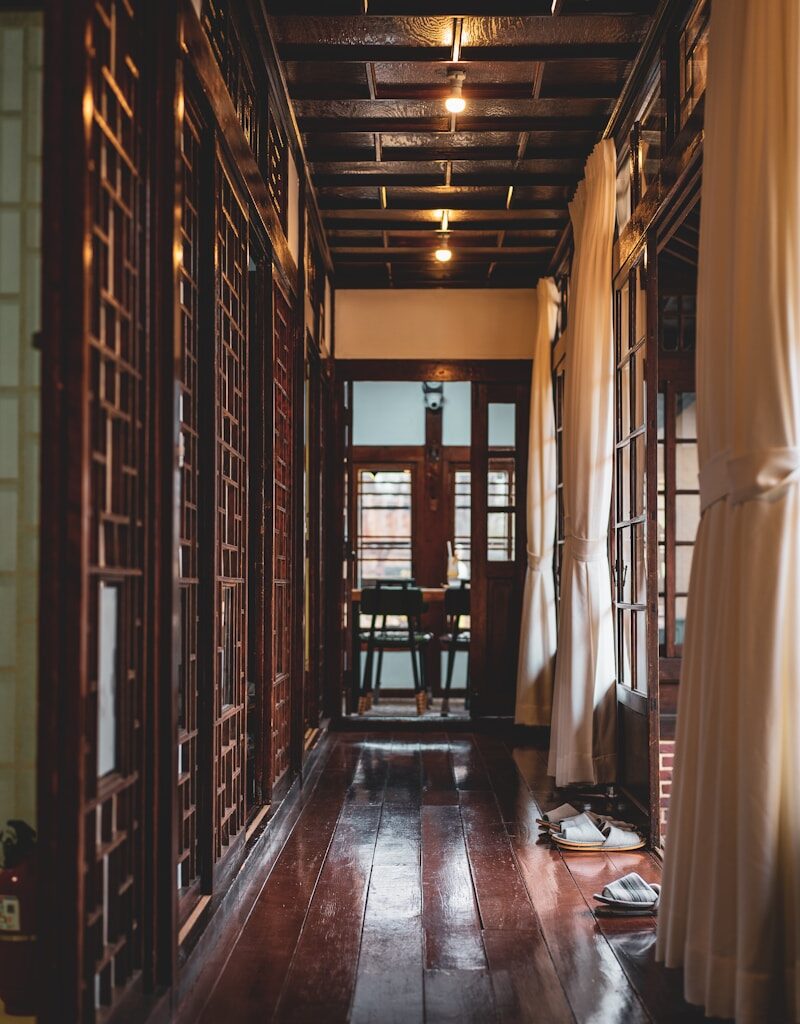
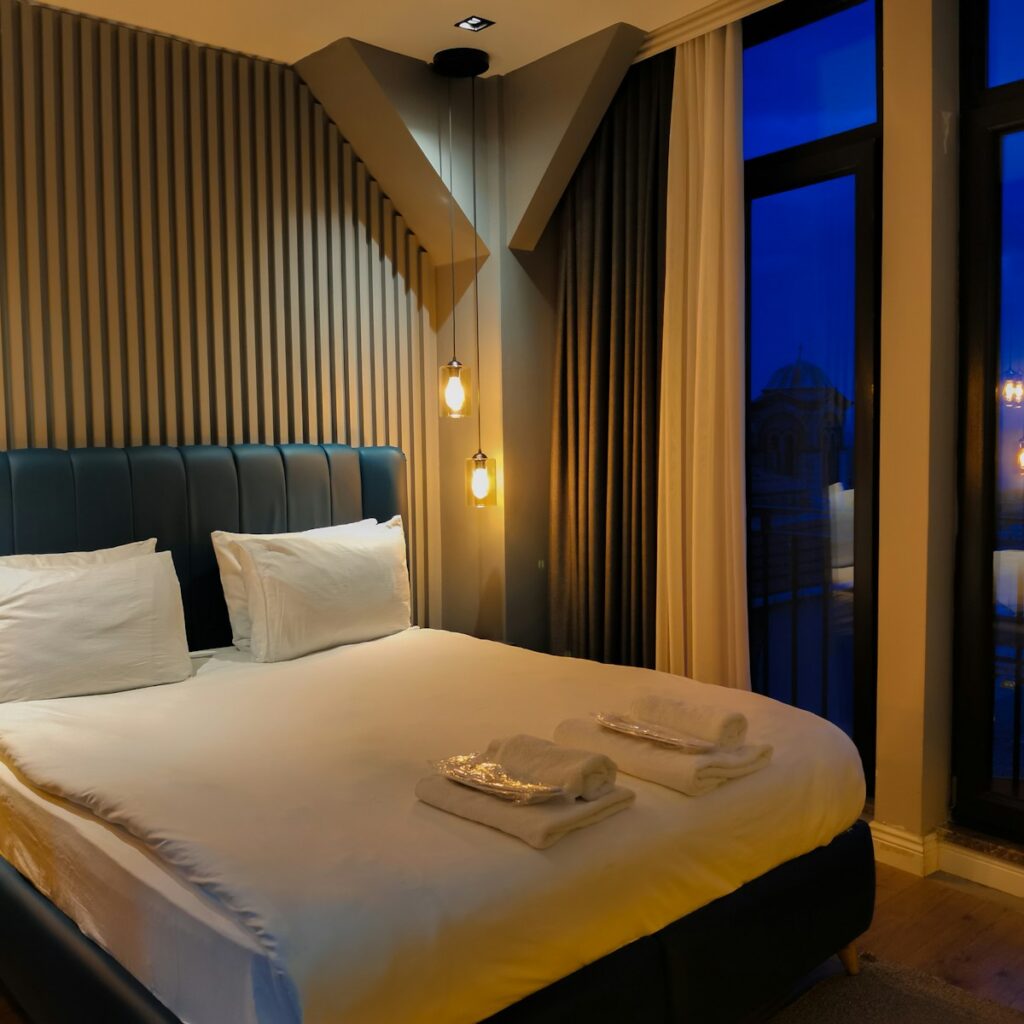
4. Ease of Integration and Channel Management
Managing your hotel across multiple OTAs can become time-consuming without the proper tools. Using a Channel Manager can help automate the process of updating availability, rates, and bookings across all platforms, saving time and minimizing the risk of overbookings.
- Some OTAs offer seamless integrations with your Property Management System (PMS) or Channel Manager tools, while others may require manual updates. Look for OTAs that integrate well with your existing systems to make management easier.
- Consider using multi-channel management platforms like SiteMinder or RMS Cloud, which allow you to manage pricing and availability across all OTAs from a single dashboard.

